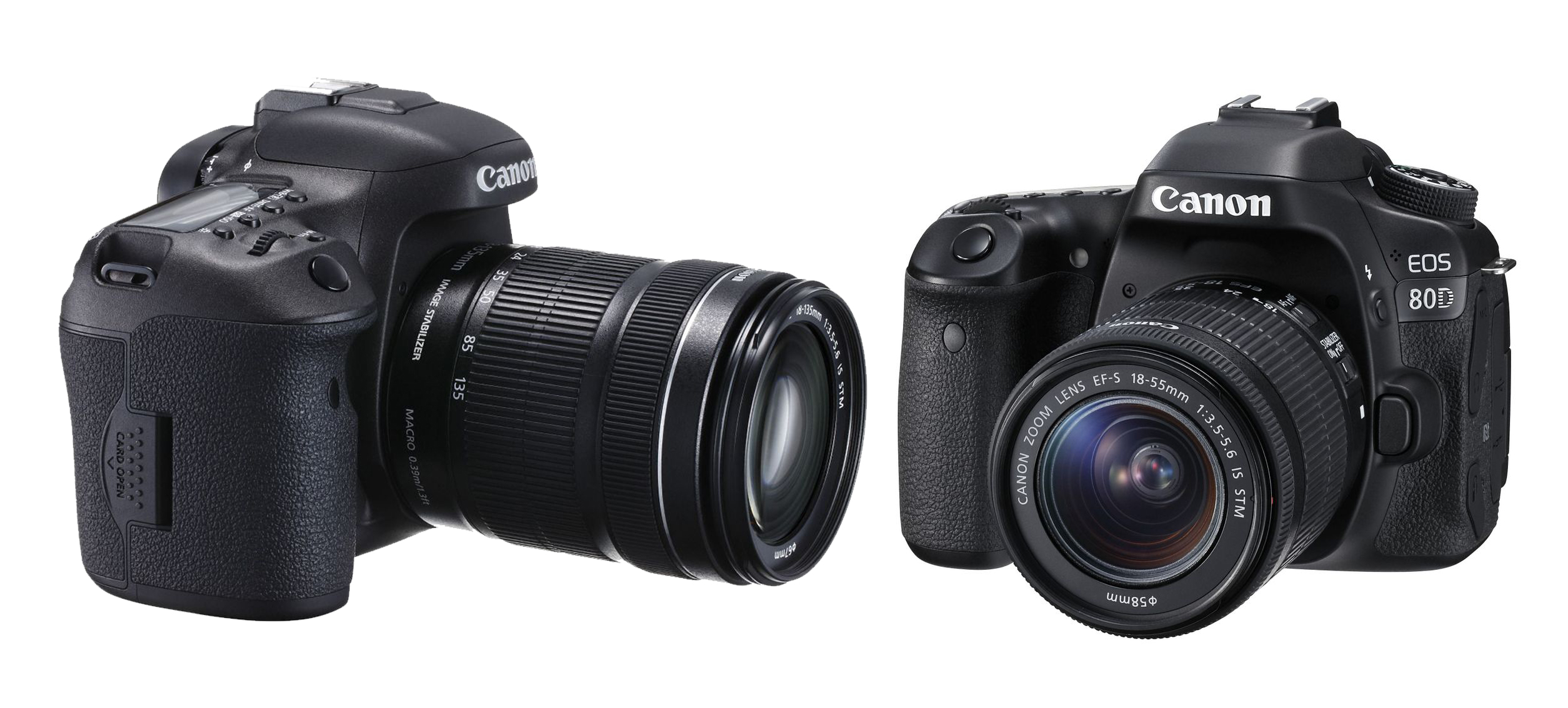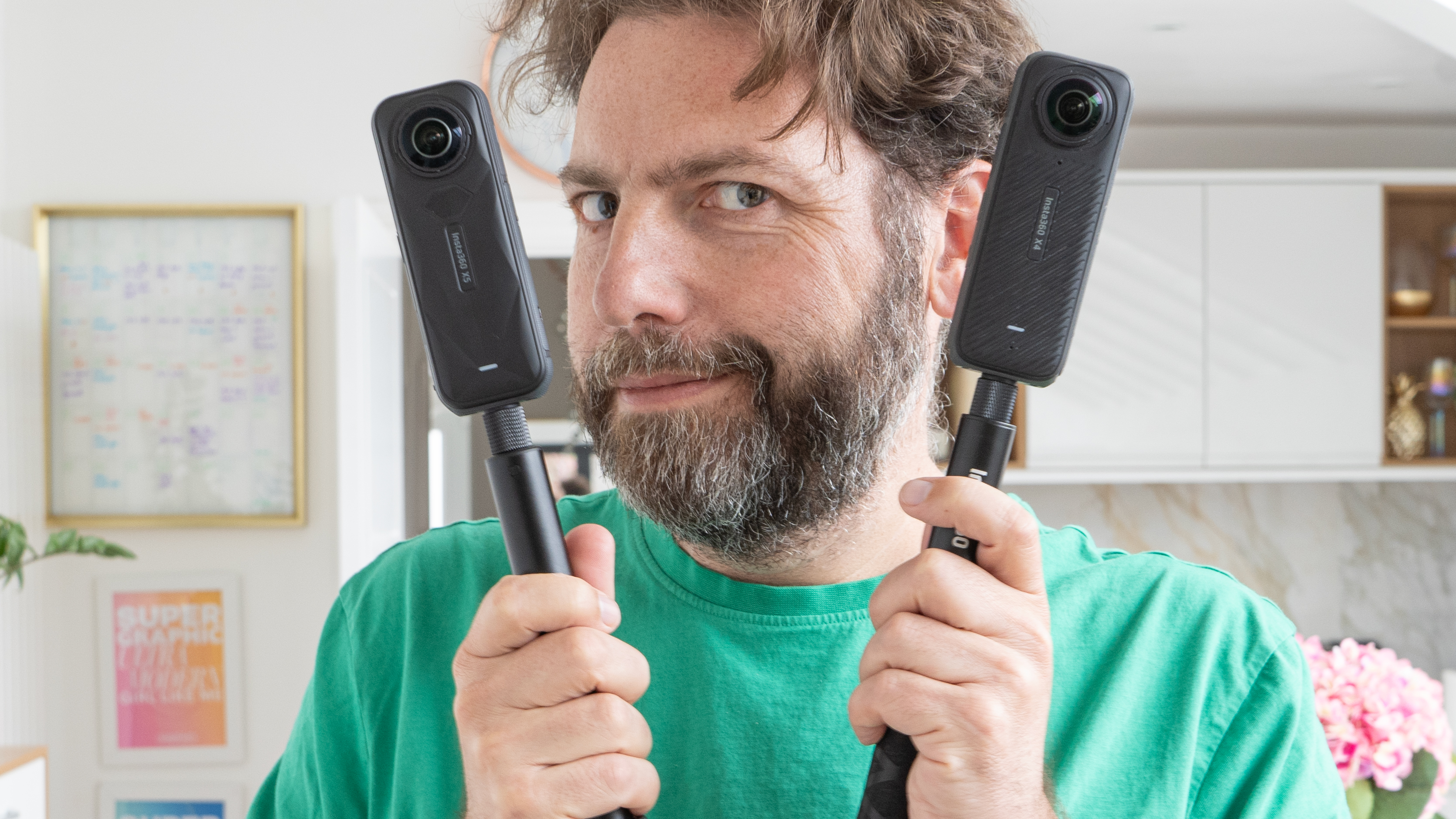Canon 32MP camera to merge EOS 80D and 7D lines? UPDATE: specs revealed
Newly leaked specs point towards a Canon EOS 90D to replace the EOS 80D

UPDATE: Purported specs for the newly registered camera have started appearing online. Touted to release in August, the specifications seem to be in-keeping with a Canon EOS 80D successor – which is believed to be the Canon EOS 90D – but do not seem to be in line with with expectations of a 7D Mark II replacement (ie. a 7D Mark III).
• 32.5mp APS-C DPAF Sensor
• Dual DIGIC 8
• Dual SD card slots
• 10fps still shooting
• ISO range of 100-51,200
• 45 AF points (no word on the number of cross-type points)
• 4K video at 24/25, 30 and 60fps (No word on DPAF in 4K recording)
• 3.2″ rear articulating LCD
• Dust and moisture sealing
• Built-in wifi and Bluetooth
• $1399 USD price at launch
• Coming late August 2019
"We have some doubts this could be the EOS 7D Mark III but the list seem perfectly fine for the EOS 90D," wrote Canon Watch – something that Canon Rumors agrees with. "As much as we’d like to see an update to the EOS 7D Mark II, all signs point to that not happening. Things can change though."
ORIGINAL STORY FOLLOWS:
A newly certified 32MP APS-C sensor from Canon has added life to reports that the company is readying a replacement for the EOS 80D or EOS 7D Mark II – or that it plans to replace both cameras, merging the two lines into one.
Indeed, rumors have been swirling for a while that Canon intends to amalgamate the two APS-C lines into a single product – possibly a new one. So we may not see a direct successor in the form of an EOS 90D or 7D Mark III, but rather a newly badged body that succeeds them both.
Either way, Japanese rumor specialist Nokishita spotted that Canon registered a camera coded "DS126801" (which appears to be the same described as "K437" in the latest EOS Utility's programming code) with an overseas certification body.
Get the Digital Camera World Newsletter
The best camera deals, reviews, product advice, and unmissable photography news, direct to your inbox!
キヤノンの未発表カメラ「DS126801」が海外の認証機関に登録されました。Wi-FiとBluetooth4.1搭載で、バッテリーはLP-E6N。バッテリーからEOS Utilityに記載されていたRAWサイズ(6960, 4640)の一眼レフK437か? #認証情報 pic.twitter.com/kRdK57k7YvMay 8, 2019
The information is scant, but what we know from this filing is that the new camera features Wi-Fi and Bluetooth 4.1, uses the LP-E6N battery, and produces RAW files at a resolution of 6960 × 4640.
That resolution marries with a 32MP Canon sensor coded K437 that was leaked last year. More pertinently, though, the LP-E6N is the same battery used on the Canon EOS 80D and the 7D Mark II (and the Canon EOS R, though it is unlikely that this sensor is intended for a new R system body).
All signs are pointing to this being a camera that's set to replace either the 80D or the 7D Mark II or, perhaps more likely, to replace both bodies. It would also provide a hug resolution boost for Canon's APS-C cameras, which have thus far peaked at 24-megapixels.

Interestingly, that also makes this new body even more pixel-rich than almost all of the company's full-frame cameras, from the mirrorless Canon EOS RP (26.2) and EOS R (30.3MP) to the Canon EOS 6D Mark II (26.2MP) and 5D Mark IV (30.1MP) DSLRs.
With Canon's latest financial report stating that the company intends to contract its DSLR business and focus on mirrorless cameras and B2B / industry applications, the idea of amalgamating two of its APS-C DSLR lines into one seems to make sense.
Read more:
Canon EOS 80D review
The best Canon camera available right now
The best camera for beginners in 2019: entry-level DSLR and mirrorless cameras

James has 22 years experience as a journalist, serving as editor of Digital Camera World for 6 of them. He started working in the photography industry in 2014, product testing and shooting ad campaigns for Olympus, as well as clients like Aston Martin Racing, Elinchrom and L'Oréal. An Olympus / OM System, Canon and Hasselblad shooter, he has a wealth of knowledge on cameras of all makes – and he loves instant cameras, too.
